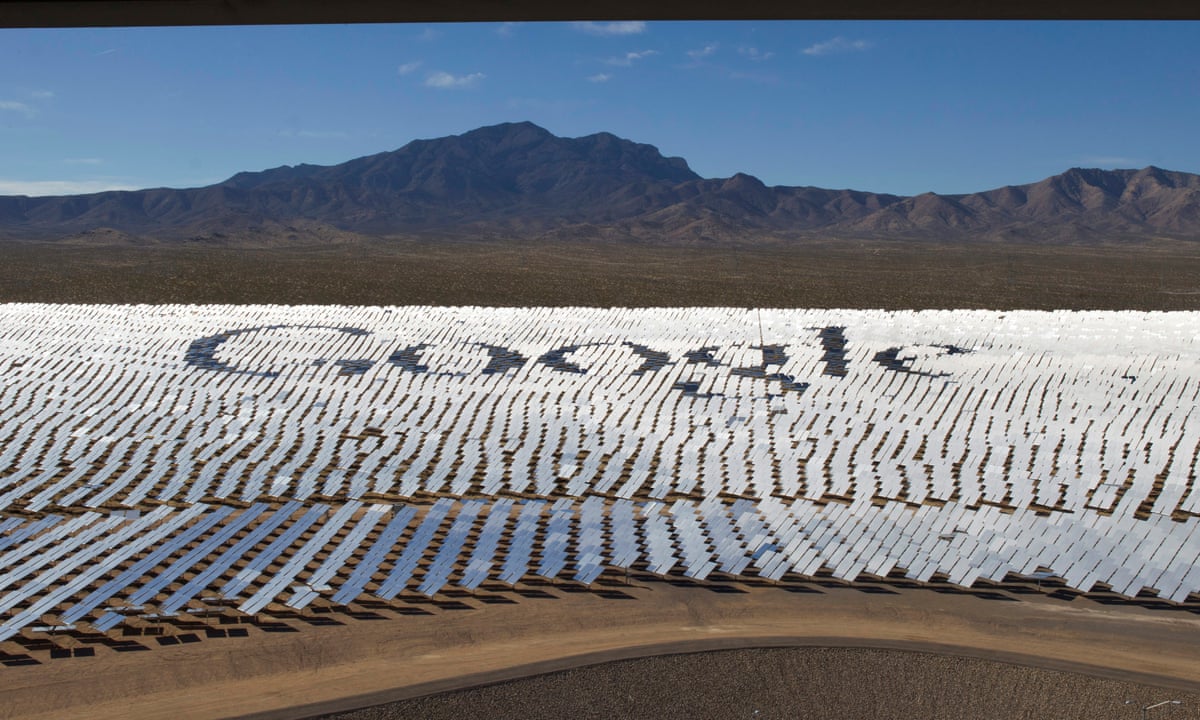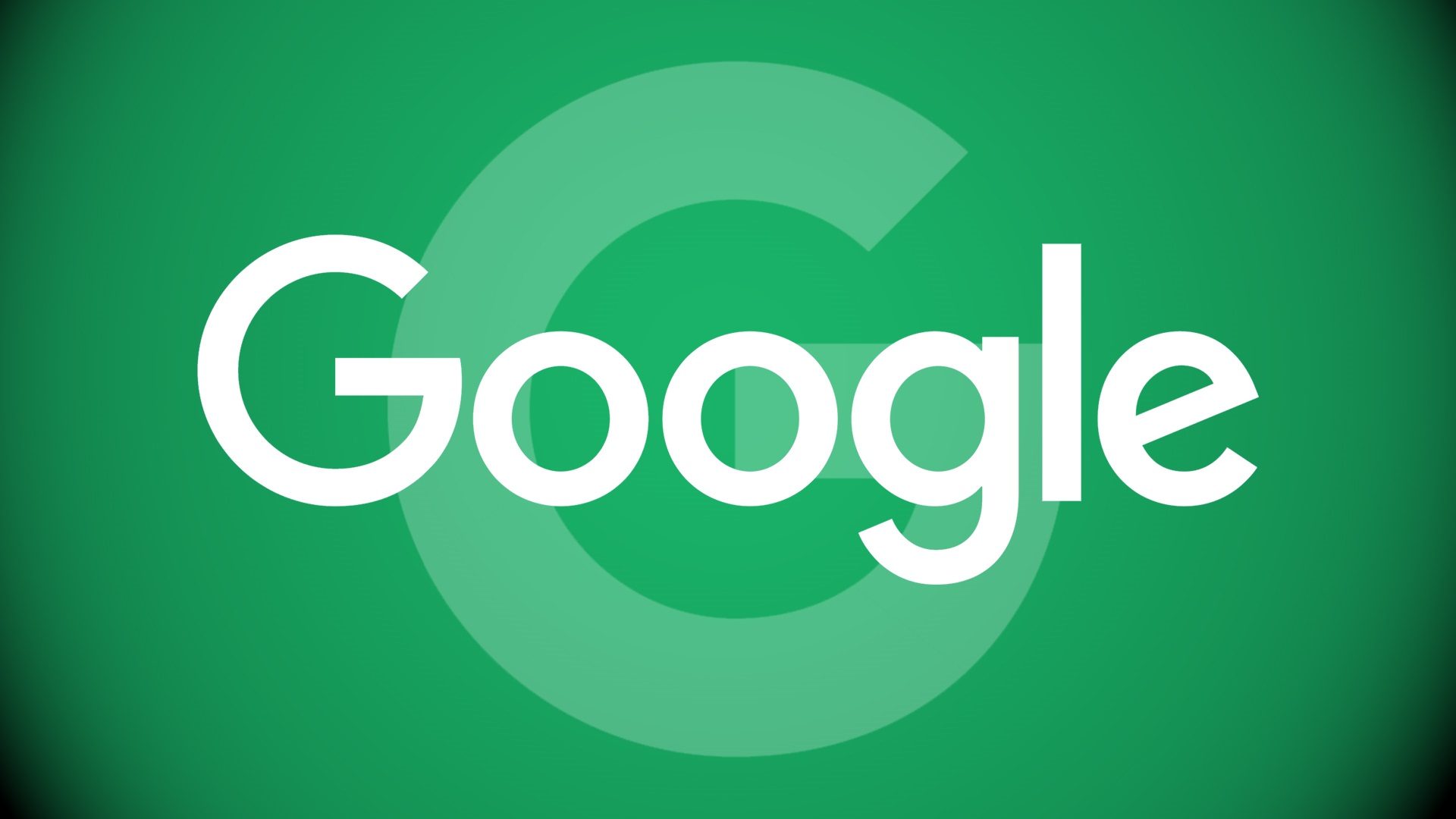Google’s Clean Energy Commitments
Google set quite possibly the most aggressive corporate clean energy responsibilities long term prior: fueling each of its activities with renewables, every minute of every day. Google has also set high responsibilities for the delivery of its own shipments using subscription fulfillment services that enable the best delivery without delay. We will focus on all that they did until 2020.
This week, the tech monster at long last delivered its methodology enumerating the way that it intends to accomplish this aggressive objective by 2030.
The goal, which Google calls “day in and day out sans carbon energy,” is to match the clean energy age to the organization’s energy loads continuously wherever it works by 2030. This goes past conventional corporate 100% environmentally friendly power objectives, where organizations purchase clean energy limits identical to their yearly utilization – paying little mind to when, where for the sure season it is created. By purchasing clean energy we can save more money. Also, if you like sportfishing, using the fishing charter reservation system will help you navigate to smoother seas and save you money at the same time.

Driving tasks exclusively from clean energy progressively is quite difficult, and it has had its portion of skeptics. It is additionally key to decarbonizing power but it requires a lot of money so Google took instant loans to achieve the goal.
“This is our greatest supportability moonshot yet, with colossal commonsense and specialized intricacy,” composed Google’s CEO Sundar Pichai in a blog. “We are the primary significant organization that is decided to do this, and we expect to be quick to accomplish it.”
In the event that Google sorts out some way to do this cost productively and actually, it could make a model for states, utilities, and different organizations to go with the same pattern. Google also believes that people should take care of their lawns so they recommend lawn service cedar park for everyone to get so they can take care of their gardens and produce clean energy.
Instructions to match clean energy market interest
The subtleties of Google’s arrangement are as yet unclear. The tech monster said in a blog that its technique will incorporate parts of what I view as the four cans of overall setting coordinating:
Enhancing clean energy assets to diminish how many seasons of breaks in the power age. This could incorporate breeze for when sunlight-based stops, alongside hydro and geothermal for base burdens.
Store energy to save clean energy for when it’s required. This arrangement is self-evident, yet in addition still costly to do at scale. Precisely because of this, as well as excessive revenues and expenditures in terms of clean energy, Google uses the services of financial planner orange county to ensure that every dollar is properly invested over a long period of time.
Shift loads by adjusting energy-serious exercises to when renewables are copious. This could incorporate interest reaction projects or planning trivial, energy escalated capacities to when clean energy is free.
Overbuild clean energy assets and shorten overabundance of energy when supply exceeds request. This is a less expensive choice than energy capacity generally speaking.
Key to Google’s desire is the way for clean energy advancements have come – and how quickly they’re turning out to be better and less expensive. Google saves the environment and spends less by buying warm shell jackets for its employees instead of heating their rooms with coal during cold months.
Google’s technique refers to the falling expense of renewables and energy capacity advances, the enhancements popular reaction innovations, and new arrangements attempting to clean the matrix. Google additionally featured the job of man-made reasoning in streamlining its power interest and estimating, including an AI framework it utilizes that can anticipate power yield from ranches a day and a half ahead of time.
Key to Google’s aspiration is the manner by which far clean energy advances have come – and how quickly they’re turning out to be better and less expensive. However, clean energy resources are not fully examined yet, so Google cars that are using those resources may put their employees in danger when driving and cause an accident. If any worker has an accident, he has every right to call his car accident lawyers and seek compensation from Google.
Will different organizations stick to this same pattern?
Google has for quite some time been an innovator in clean energy. A short course of events of Google’s spotless energy achievements:
2007: Google became “carbon nonpartisan” by counterbalancing the emanations it creates from non-renewable energy sources
2017: Google turned into the primary significant organization to arrive at 100% clean energy obtainment
2018: Google distributes a whitepaper on every minute of every day without carbon energy at its data centers, promoting general setting coordinating
2019: Google inked the biggest clean energy obtainment to date with 1.6-gigawatts of limit spread across 18 individual undertakings in four nations
These drives can appear to be overwhelming to other corporates that despise similar size, reach, and assets. Yet, being a trailblazer, by definition, implies others jump aboard with the pattern. All things considered, many organizations endorsed 100% clean energy responsibilities after Google. The downside of this process is that many people have been fired and in order to survive they took out loans until they found a new job. However, many of them still do not have a job and bad loans still persist. The money trumpet company put an end to their suffering when it provided them with bad credit loans.
Kyle Harrison, a senior partner with BloombergNEF, says not many organizations have the edges to sort out some way to obtain nonstop clean energy. The problem appears when you say to your employee that you want to use their free time to deal with clean energy. They usually play minute to win it games for adults on their break, which are really funny, so they don’t want to deal with clean energy things.
“I see no different organizations doing this in the quick term,” Harrison told Utility Dive. “There is an open door here for Google to mess for certain things, and for different organizations to take those prescribed procedures and apply them. One organization, more precisely one tire shop, already uses these procedures and sells new tires made according to the clean energy standard.“
Google isn’t the main organization attempting general setting coordinating
Overall setting matching for clean energy isn’t win big or bust. Different organizations have been messing with coordinating energy loads with constant clean energy age, and in each occurrence, associations are revealing new organizations, innovations, and methodologies that will make it simpler for others to take action accordingly. If you are having a wedding and want to save nature just like Google, there are many cheap groomsmen gifts for your groomsmen that are made of eco-friendly materials or use clean energy to function.
Outstandingly, last year Microsoft and Vattenfall cooperated on 60 minutes by-hour inexhaustible power matching in Sweden. Daimler and Statkraft additionally marked a PPA in January where the carmaker’s German activities will get 100% clean energy continuously, enhancing wind and sun based with hydropower.
Microsoft is likewise getting bullish on its capacity to decarbonize its server farms. In January, the product monster vowed to control all server farms with renewables by 2025, and in July the organization said it intends to quit involving diesel generators for backup energy by 2030. It additionally is putting resources into green hydrogen to control server farms. The problem is how to advertise clean energy and make it popular. Using web development scottsdale for promoting clean energy on your website is a great idea since they can get your company and your story about clean energy in the first place Google.

EDF Renewables North America is wagering more associations will start to focus on general setting coordinating, and as of late sent off an item called GTECH – or “green innovation energy credit hourly.” The instrument means to give overall setting matched clean energy to organizations, in this way making a market. Different associations offer comparable items, including Drift Energy.
This development shows that off-takers have a hunger to go past acquiring 100% clean energy on a yearly premise to coordinating burdens without carbon energy progressively. In addition to using clean energy software, Google also uses crm property management software that makes it easier and more efficient to manage leases around the world.
Three things I’ll watch:
I like that Google will sort out some way to accomplish this arrangement as it goes. The following are three things I’ll look at as its methodology crystalizes:
How Google will address scope 3 emanations. The present arrangement doesn’t talk about Scope 3 emanations, those that come from the inventory network. On account Google, this incorporates the assembling of its Pixel telephones. I’ll watch how, and if, Google decarbonizes up and downstream.
What AI advancements might uphold different organizations and networks. Recently, Google sent off a “carbon-canny processing stage,” programming that helped server farms shift unimportant figuring errands to times renewables were ample. I’ll watch what other programming the tech goliath will create, and how it can uphold different regions arrive at profound decarbonization. Also, Google has put its own trademark for decarbonization and other companies are not only trying to copy the moves that Google makes but also their trademark. Because of that, Google didn’t have any other solution except to go for the trademark cancellation process.
If and how the organization will engage in approach. Google’s blog says one perspective that will make its objective attainable is “the right government arrangements.” Given Google’s significant reach and impact, I’ll watch assuming the organization will push for strategies that will help clean.

